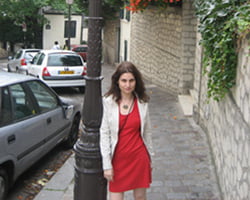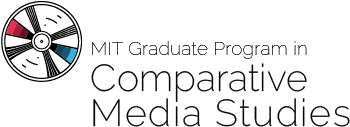
![]() by Karen Schrier on
by Karen Schrier on
Revolutionizing History Education: Using Augmented Reality Games to Teach Histories

Footer


The CMS graduate program has its home in Comparative Media Studies/Writing
Part of MIT's School of Humanities, Arts, and Social Sciences
